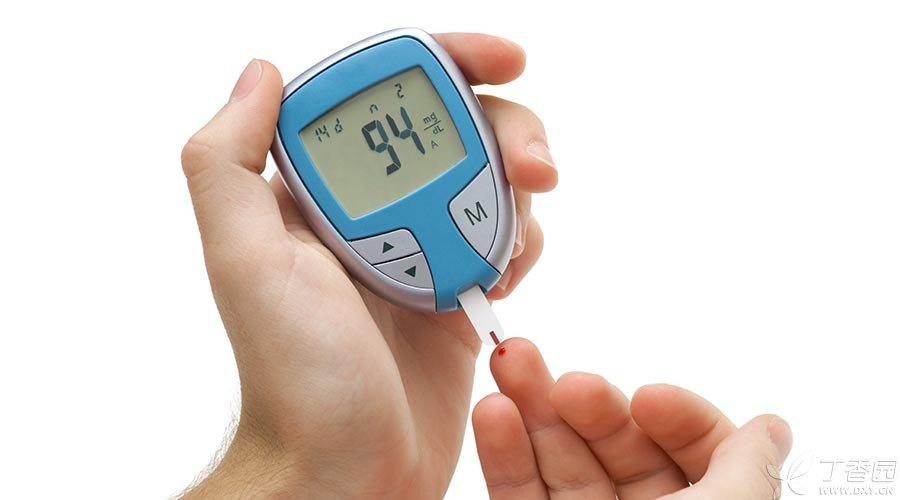
Almost all diabetic patients need to have their blood sugar level tested regularly. Regular testing helps patients and doctors to better control blood sugar and prevent diabetic complications.
For diabetics, it is necessary to understand the basic problems of blood sugar monitoring, such as:
- Does what need to measure blood sugar? How Records Blood Glucose Test Results? Does what need to report the blood sugar test results to the doctor? What factors will affect the blood sugar measurement results?
Next, Dr. Clove will answer for you one by one.
Does what need to measure blood sugar?
Each patient’s condition is different, so it is better to ask your doctor when and how often to measure blood sugar.
In general, diabetics may need to measure their blood sugar level many times a day, such as before meals, exercise, sleep, driving or when they feel their blood sugar is too low.
During illness, such as colds and fevers, blood sugar needs to be monitored more frequently and closely.
Alternative Blood Glucose Monitoring Methods
1. Fingertip blood glucose measurement
Use a small and sharp pricking needle to break the skin of the fingertip and drop a drop of blood on the test paper. Then put the test paper into the measuring instrument and read the value after the results are displayed.
Some meters can also report the average blood sugar level over a period of time, showing the blood sugar status at different time points during this period of time, and display it in the form of charts.
2. Blood glucose measurement in other parts
The new blood sugar measuring instrument can detect blood sugar in areas other than the fingertips of the human body, such as the upper arm, forearm, thumb abdomen, thigh and other parts.
The measurement results of these parts may be somewhat different from the measurement results of fingertip blood sugar, because fingertip blood sugar usually changes more rapidly than the blood sugar level of other parts of the body, especially during the period when human blood sugar changes greatly after meals or exercise.
If symptoms of hypoglycemia are shown, fingertips should be selected as far as possible when measuring blood sugar, and the results will be more accurate.
3. Continuous blood glucose monitor
This kind of device is also called dynamic blood glucose monitor and is usually connected with insulin pump. Its detection results are similar to those of fingertip blood glucose measurement, and can also show the fluctuation pattern and direction of blood glucose over a period of time.
How Records Blood Glucose Test Results?
Blood sugar, urine sugar and ketone body test results should be properly preserved.
Most blood sugar detectors have the function of saving data, and the saved records can show some early warning signals and blood sugar fluctuation trend, etc.
Every time you see a doctor, it is best to bring the results of these blood sugar records so that the doctor can adjust the patient’s dining plan, medication plan and exercise plan according to the results.
Should I consult a doctor, what?

Ask the doctor in advance about the ideal blood sugar control range according to his own condition, and at the same time formulate a response plan for too high or too low blood sugar measurement results, as well as a communication plan with the doctor, etc.
Patients should have a certain understanding of the symptoms that will occur when hyperglycemia and hypoglycemia occur, and master some simple countermeasures.
What factors will affect the blood sugar measurement results?
Many factors will affect the blood sugar measurement results, such as the patient suffering from anemia or gout at the same time, or the place where the temperature is too high or the climate is humid, or even the place where the altitude is too high.
If the blood glucose meter always shows abnormal results, you can try to calibrate the meter or change a box of test paper for testing.
The following table shows the ideal blood sugar range for different time periods of the day.
It should be pointed out that there are differences in the fluctuation range of blood sugar among different patients within one day, and a doctor should be consulted for the specific ideal range.
Self-monitoring of blood glucose and HbA1c
Regular monitoring of HbA1c (glycosylated hemoglobin) is also very important to control diabetes.
Glycosylated hemoglobin can generally reflect the average blood sugar level of diabetic patients in the past 6-8 weeks.
Many household blood glucose detectors can show the average level of blood glucose over a period of time, which is related to the level of glycosylated hemoglobin, but the detection of glycosylated hemoglobin usually needs to be carried out in a hospital. The following figure shows the glycosylated hemoglobin level corresponding to the average blood glucose level.
Responsible Editor: Yidan
